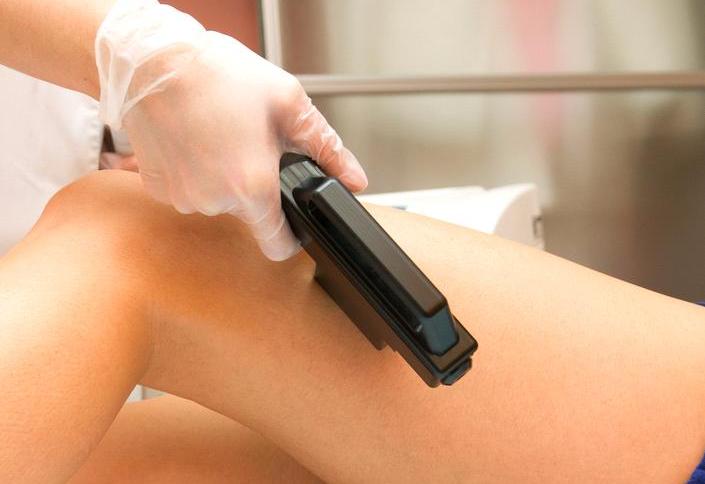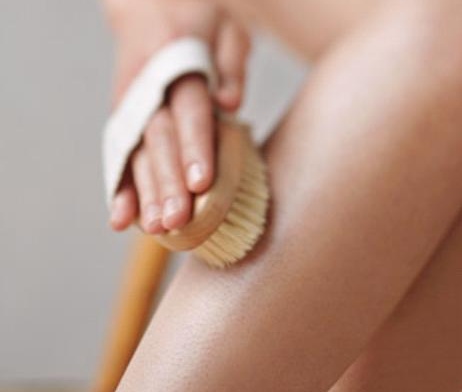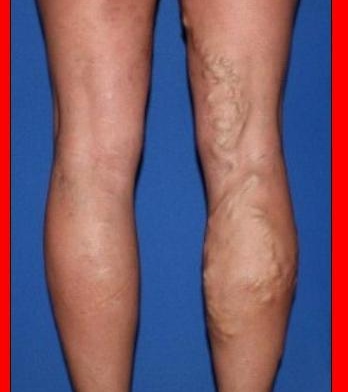Many people suffer for years with damaged veins, when the answer to their problem is as simple as a consultation with a vein care specialist. That consultation, along with a few tests could yield valuable information about your painful condition, and how to resolve it. Often a patient waits, thinking the pain or the symptoms will abate, but they do not. You should consider a consult with a vein care specialist when:
- You have increased swelling in your leg(s);
- The skin on your leg and/or ankle has become dark or thickened;
- One of your veins has become red, painful and warm to the touch;
- You have developed a sore or rash near your ankle;
- Your leg veins have become more pronounced; and,
- Your leg symptoms have begun to interfere with your daily activities,
Additionally, you might wish to see a doctor who specializes in vein treatment if you had such issues during a prior pregnancy and wish to become pregnant again. Being proactive with regard to the varicose vein prevention will make your next pregnancy much easier.
Important!!
Most people with varicose veins and spider veins do not end up with serious problems, there is an increased risk of some complications:
- Phlebitis – This is a clot and inflammation in a surface vein.
- Damage to the skin of the lower legs – This malady consists of discoloration, thickening, or a rash caused by inflammation in the tissues due to chronically elevated vein pressure.
- Ulcers – This is the end stage of skin and tissue damage from chronically elevated vein pressure. The ulcers are often large and will not heal on their own without first correcting the underlying vein problem.
- Deep vein thrombosis – This is a clot in a deep vein. There may or may not be pain originating in the calf, thigh or there might be leg swelling. Sometimes there are no symptoms at all. If a portion of the clot breaks off, it can travel to the lungs and may be fatal.
A vein specialist can help
The first step in diagnosing varicose veins is taking a history and performing a physical exam. While most people with venous disease have a problem limited to their legs, there are other less-common causes of vein problems that can be detected by doing a patient work-up, including a history and physical. Your doctor may take an ultrasound of your legs to see how the veins below the skin surface look and to determine the full extent of the problem. Sometimes a CT scan or MRI may be in order. The visit and tests will give your vein care specialist a good idea of how to tackle your particular problem – sometimes just a few lifestyle changes are necessary, or maybe surgery is required to relive the pain and correct the problem.
Reduce Varicose Vein Symptoms
- Wearing compression stockings to obtain support the veins and keep your legs from swelling.
- Elevating your legs to have gravity help relieve the pressure on the varicose leg veins.
- More walking and less sitting or standing in one place.
Some of these tips will help alleviate the pain, and aid in varicose vein prevention in the future.
If surgery is required
What can you expect if the tips above don’t work and surgical intervention must be undertaken? Let’s look at the various procedures, from minimal intervention to surgery.
Endovenous ablation – If the ultrasound shows that the problem is caused by reflux (backward flow of blood due to damaged valves) in one of the underlying veins, the surgical correction is known as Endovenous ablation. The good news is this is a minor procedure done in the office under local anesthetic, wherein a special catheter is inserted into the malfunctioning vein through a small puncture in the skin. The vein is then numbed, heat is applied to seal it shut, thus forcing the blood to circulate through the healthy veins instead of pooling in the diseased ones. This procedure usually relieves the problem and no further vein treatments are necessary.
Repair of surface veins
For people that have suffered with venous disease for many years, surface veins have lost their elasticity, and will not “snap back” after the pressure is relieved, so it is necessary to have a procedure designed to target the surface veins. Depending on the size, location, and extent of the varicose veins, microphlebectomy or Sclerotherapy may be offered. These procedures are described below:
Microphlebectomy – Here a vein is removed through a tiny puncture in the skin in the doctor’s office under a local anesthetic. The punctures are small and no stitches are required.
Sclerotherapy – Smaller varicose veins and spider veins are repaired using Sclerotherapy, which involves injecting a solution directly into a diseased vein in order to close it off and seal it shut. Once the vein is closed, blood is re-routed through healthy veins around it.
As you see from the above synopses of the various vein problems, you are not unique with your pain and suffering, and, seeing a vein specialist will put you on the road to recovery and going forward you will be much more knowledgeable in varicose vein prevention.




